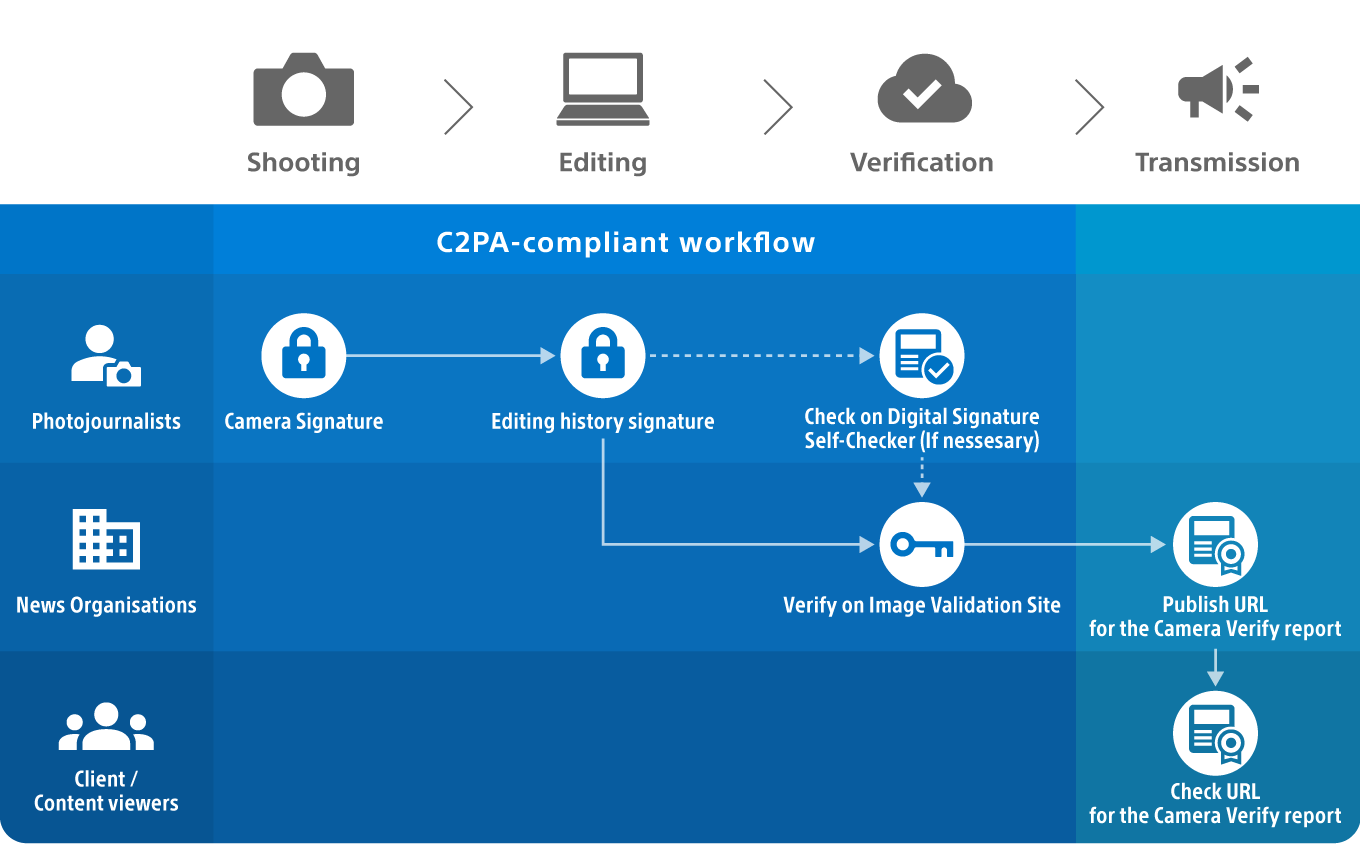Genachowski Shows Lack of Understanding in Channel Change Complexity
Two letters from FCC Chairman Genachowski to members of the House of Representatives indicate the Chairman may be getting some bad advice from some advisors.
In discussing voluntary incentive auctions of broadcast TV spectrum, Genachowski wrote, "Fortunately, this process should be far less complex than the transition to digital television, as it requires only moves from one frequency to another rather than a wholesale change in technology. Indeed, we anticipate that the consumer impact will be quite small, as any shift in broadcaster frequencies will merely require that over-the-air viewers rescan their televisions."
While the proposal does not involve a change of technology, changing channels is still complex, as I have pointed out in previous postings. Changing channels means a new transmitter, a new RF system and all the supporting equipment--cooling, utility power, and building space--unless existing broadcasts are shut down first. In most cases, new tower space will be needed, new antennas and transmission line will need to be purchased, and local permits applied for and granted. If the move is from UHF to VHF, the new antenna could be significantly larger than is being used now, and due to the lower frequency and lower antenna gain, could create issues with RF exposure on the ground in areas near the tower.
It took broadcasters many years to deal with these issues when erecting new DTV facilities. There is no reason to expect it will be any simpler this time around.
Genachowski also stated in his letters that, "Our plan is designed to minimize the number of stations that would need to switch frequencies as part of the realignment process and for those that do, to accomplish that task in a way that causes little or no harm to broadcasters and their viewers."
Since the National Broadband Plan would mean half the UHF channels would disappear, it is difficult to see this "plan" doing much in the way of minimizing the number of stations needing to move, as the majority of stations are now operating on UHF channels and that number is increasing as broadcasters flee VHF allocations for UHF slots.
The reason for this flight to UHF is that it is difficult to receive VHF channels on today's TV devices using indoor antennas. I had a good example of that just this week in a hotel room near the Las Vegas Convention Center.
I set up my UHF/VHF portable amplified receive antenna in my second-story room and had no problem receiving local UHF DTV stations. However, I was not able to get reliable reception on the local PBS station operating on Channel 11, regardless of where I put the antenna. The hotel's TV distribution system--by the way--wasn't an option, as it doesn't carry the PBS multicast channels.
Chairman Genachowski's letter includes the statement, "Our proposal includes reimbursing broadcasters for out-of-pocket costs incurred in relocating and limiting loss of service to over-the-air television viewers."
There are two ways to interpret the last part of that statement.
I think he meant to say limiting loss of service experienced by off-air viewers, but it could also be read to mean over-the-air viewers are the only ones losing service. I hope that wasn't what he meant, but knowing the impact the proposed spectrum shift would have on off-air TV viewing I'm not so sure.
The professional video industry's #1 source for news, trends and product and tech information. Sign up below.

Doug Lung is one of America's foremost authorities on broadcast RF technology. As vice president of Broadcast Technology for NBCUniversal Local, H. Douglas Lung leads NBC and Telemundo-owned stations’ RF and transmission affairs, including microwave, radars, satellite uplinks, and FCC technical filings. Beginning his career in 1976 at KSCI in Los Angeles, Lung has nearly 50 years of experience in broadcast television engineering. Beginning in 1985, he led the engineering department for what was to become the Telemundo network and station group, assisting in the design, construction and installation of the company’s broadcast and cable facilities. Other projects include work on the launch of Hawaii’s first UHF TV station, the rollout and testing of the ATSC mobile-handheld standard, and software development related to the incentive auction TV spectrum repack. A longtime columnist for TV Technology, Doug is also a regular contributor to IEEE Broadcast Technology. He is the recipient of the 2023 NAB Television Engineering Award. He also received a Tech Leadership Award from TV Tech publisher Future plc in 2021 and is a member of the IEEE Broadcast Technology Society and the Society of Broadcast Engineers.
